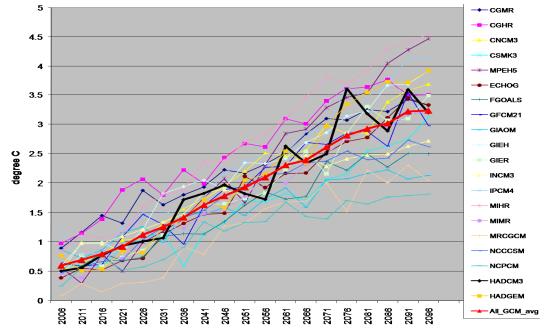Climate
Climate Change trends in karnataka
Video Credits:www.youtube.com
Climate change is one of the biggest environmental threats to food production, water availability, forest biodiversity and livelihoods due to its long-term changes in surface temperature and precipitation. Global warming and Climate Change is projected to increase the number of extreme temperature and rainfall events, and hence climate variability is expected to show an upward trend. It is very important to understand the past trends and variability in rainfall, minimum and maximum temperature in Karnataka since the knowledge on the past could provide guidance for the future.
Karnataka’s annual rainfall is 1,151 mm on average. Around 80% of it is received during the southwest monsoon, 12% in the post monsoon period, 7% during summer and 1% in winter. Within the state there are considerable variations. During the southwest monsoon rainfall is much higher in coastal locations on the windward side of the Western Ghats. Northern interior regions by contrast have markedly semi-arid climates with low annual precipitation A recent study observed a declining trend in rainfall during the southwest monsoon: or 6% in 50 years. India Meteorological Department (IMD) by contrast holds that its own data is indicative of a slight rise in annual precipitation. Projections made for the period 2021 to 2050 under a SRES A1B scenario predict a decline in annual rainfall for the south-western and north-eastern regions of the state. A wide region from the north-western part of the state including the coastal districts to the south-east is projected to see significant increases.
warming trend in Karnataka has been observed for the period June to September in northern interior Karnataka. Both minimum and maximum temperature was found to have risen by up to 0.6°C over the last 100 years. According to projections made (SRES A1B scenario), average temperatures may rise further by 1.7°C to 2.2°C by the 2030s. Projected increases are more pronounced in the northern districts.
It was inferred from a recent study that overall reduced precipitation and continuous warming is a possible, perhaps probable scenario for Karnataka. It is predicted that regions that already witness less rainfall and higher temperatures, such as northern Karnataka, will further experience lesser rainfall and increases in average temperatures. However, as has already been pointed out, it should be noted that the models deployed have the tendency to amplify present climate variability, manmade or natural.

Fig.1 Projected temperature change for Karnataka relative to 2075 (A1B)3
Source: BCCI-K (2011)
References:
Environmental Management & Policy Research Institute (EMPRI) and The Energy and Resources Institute (TERI), (2012). Karnataka State Action Plan on Climate Change, 1st Assessment